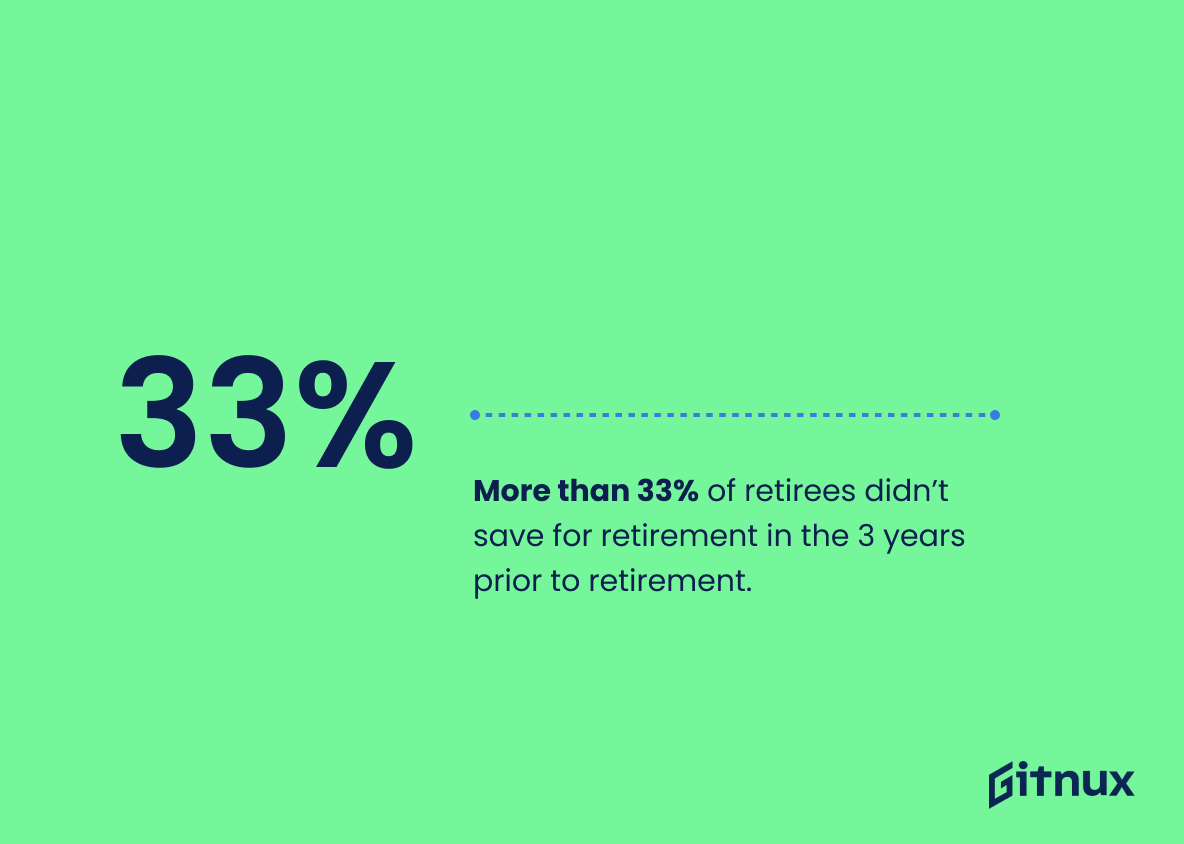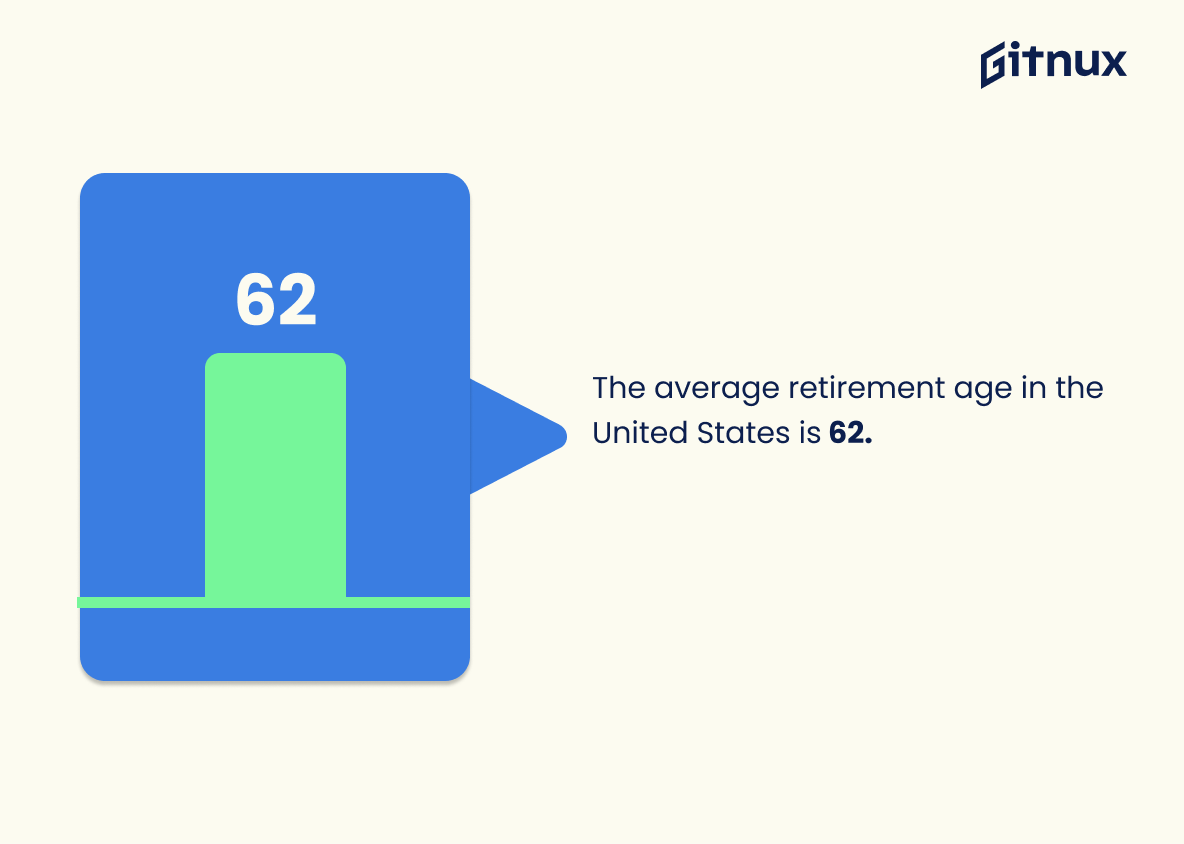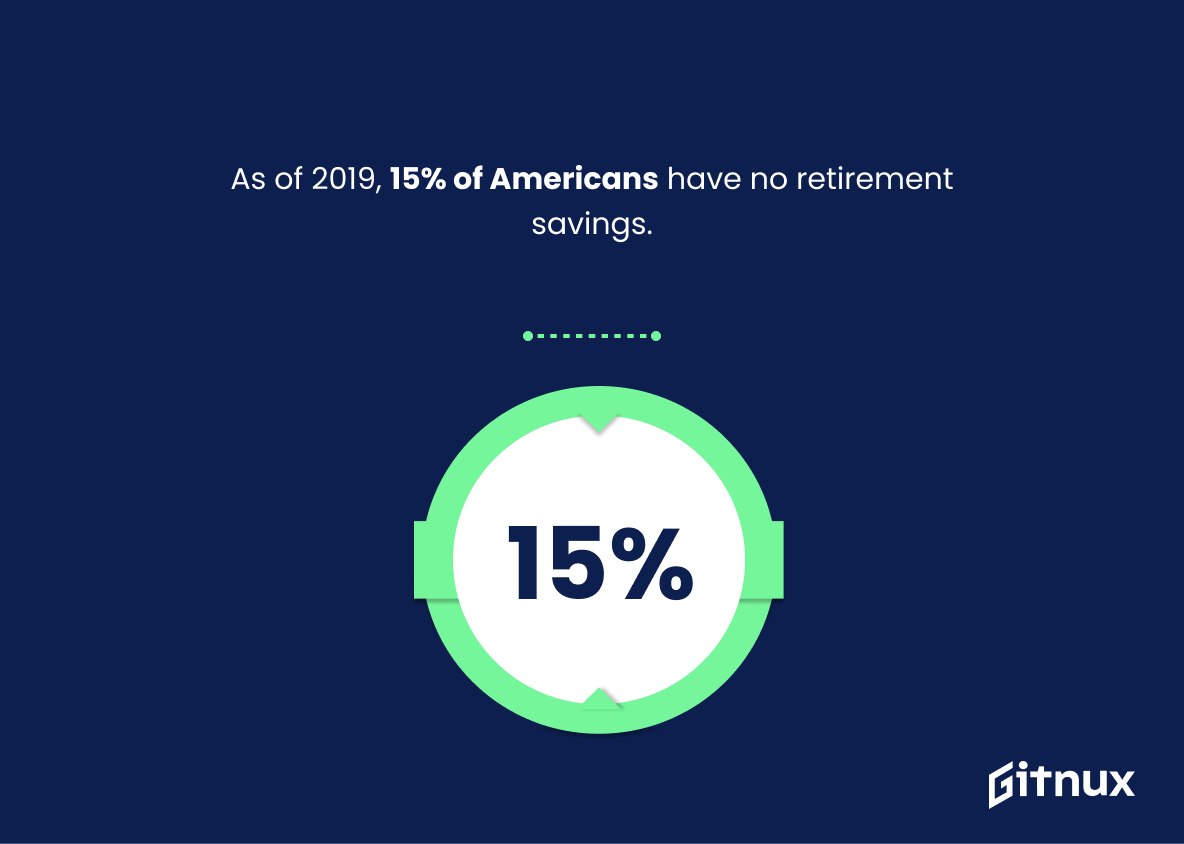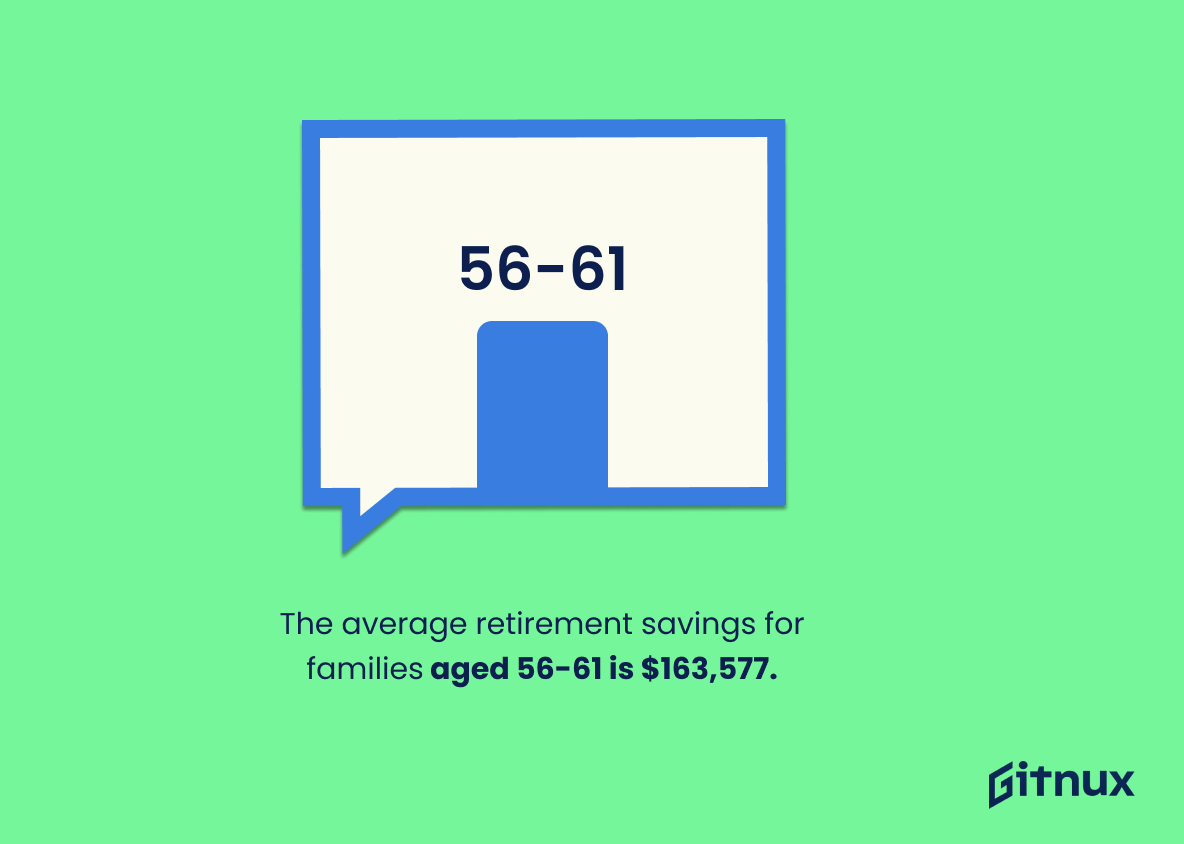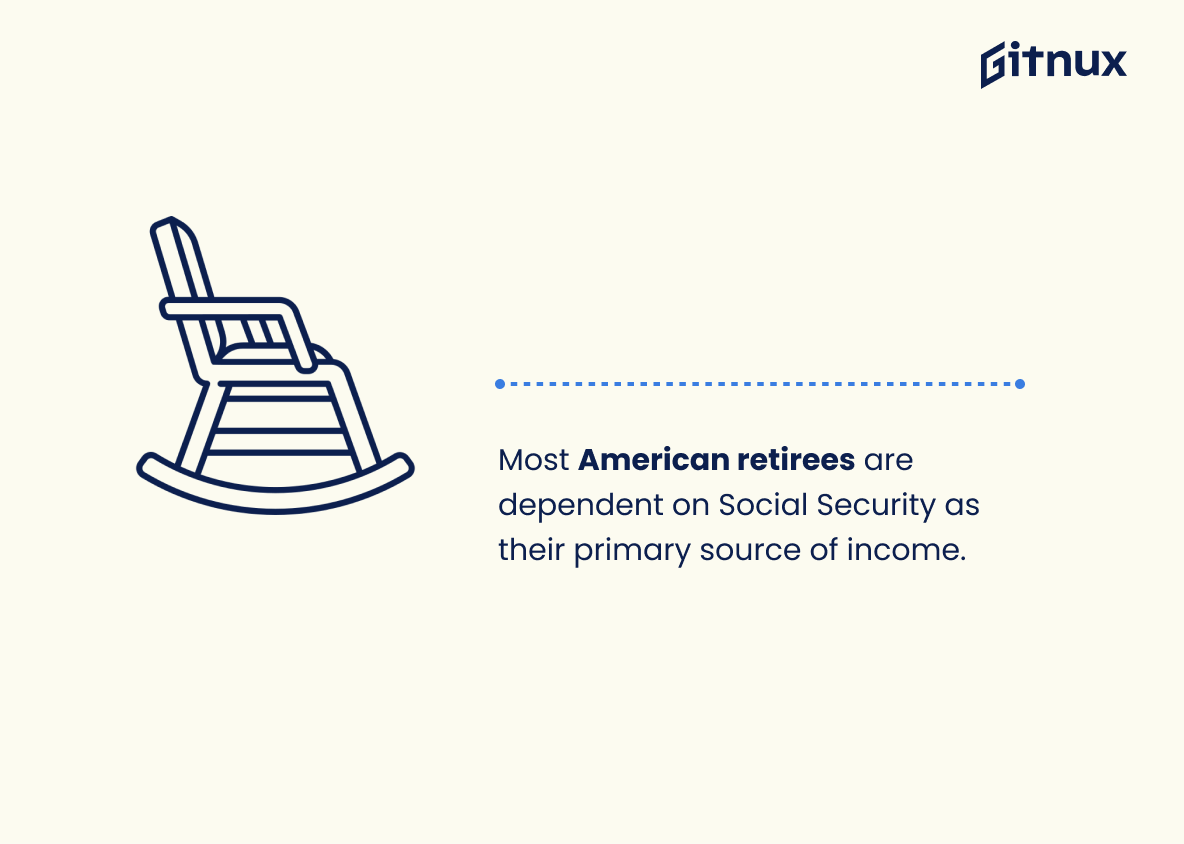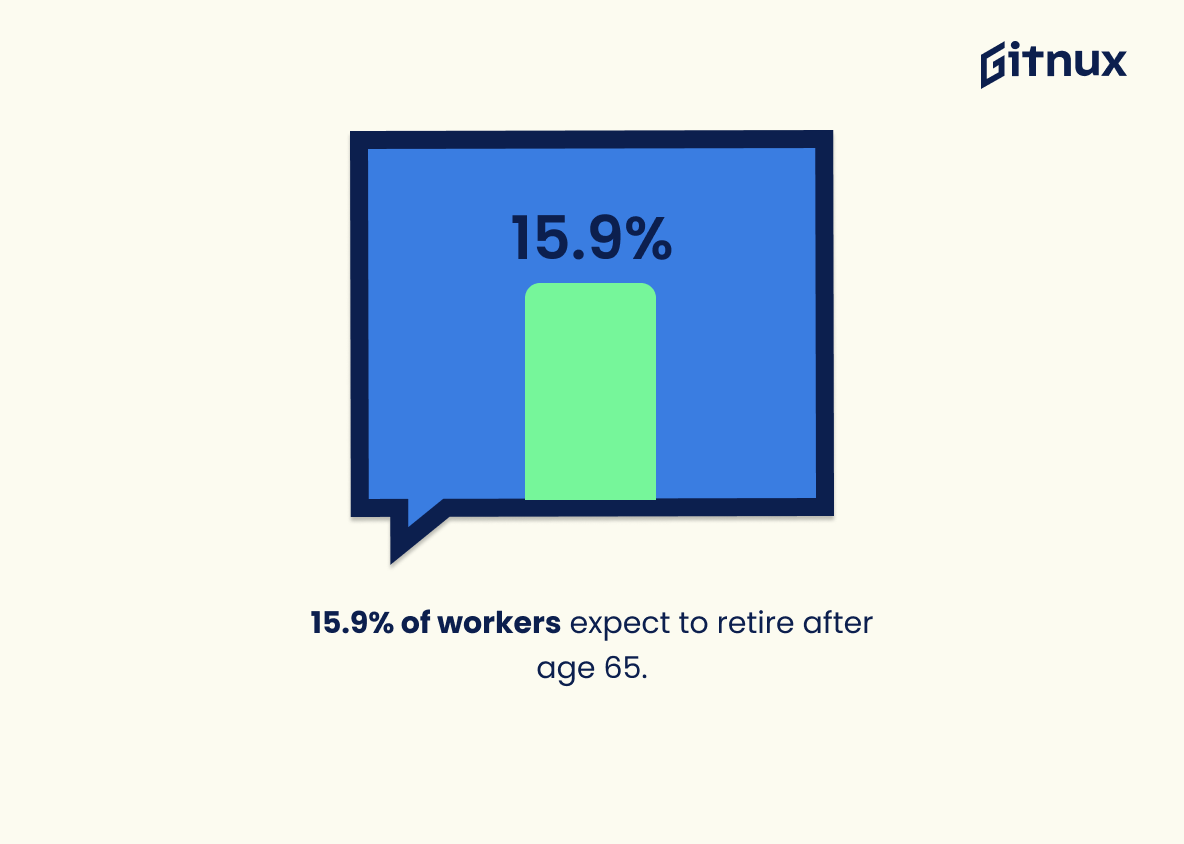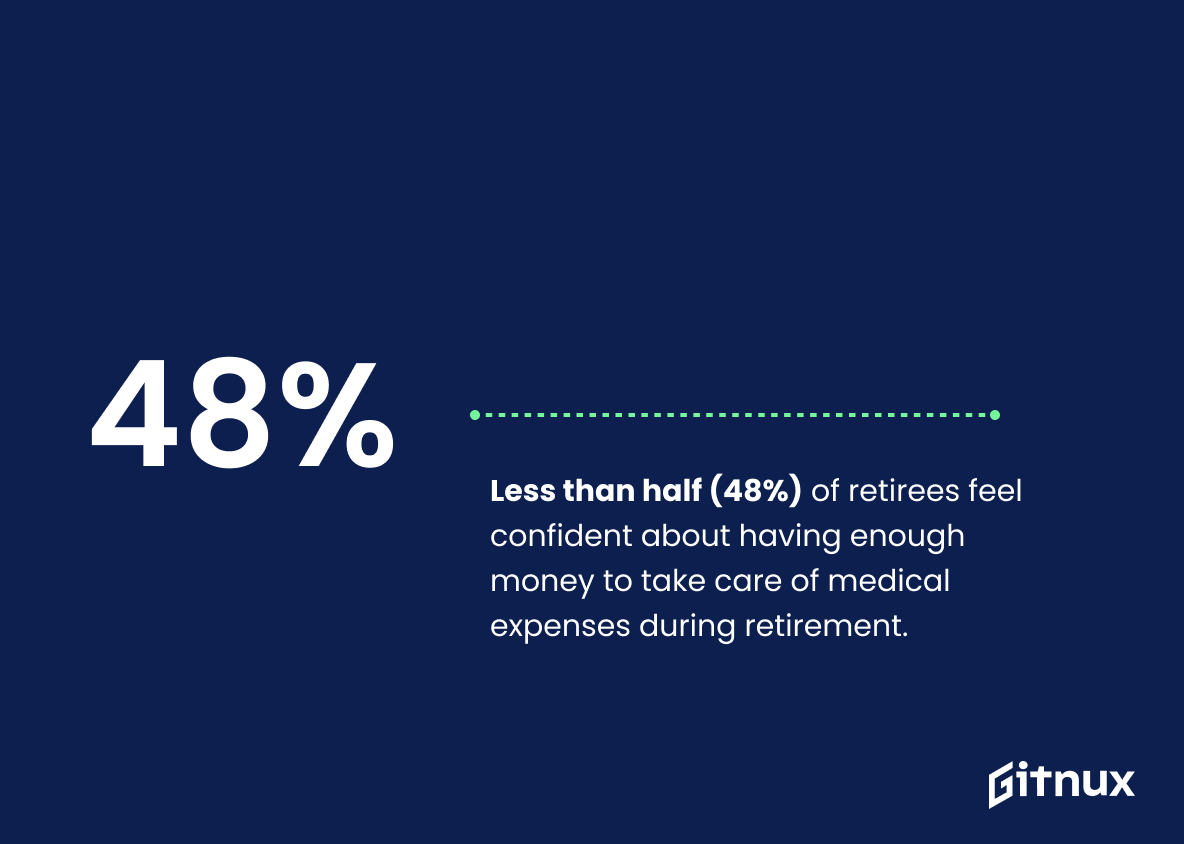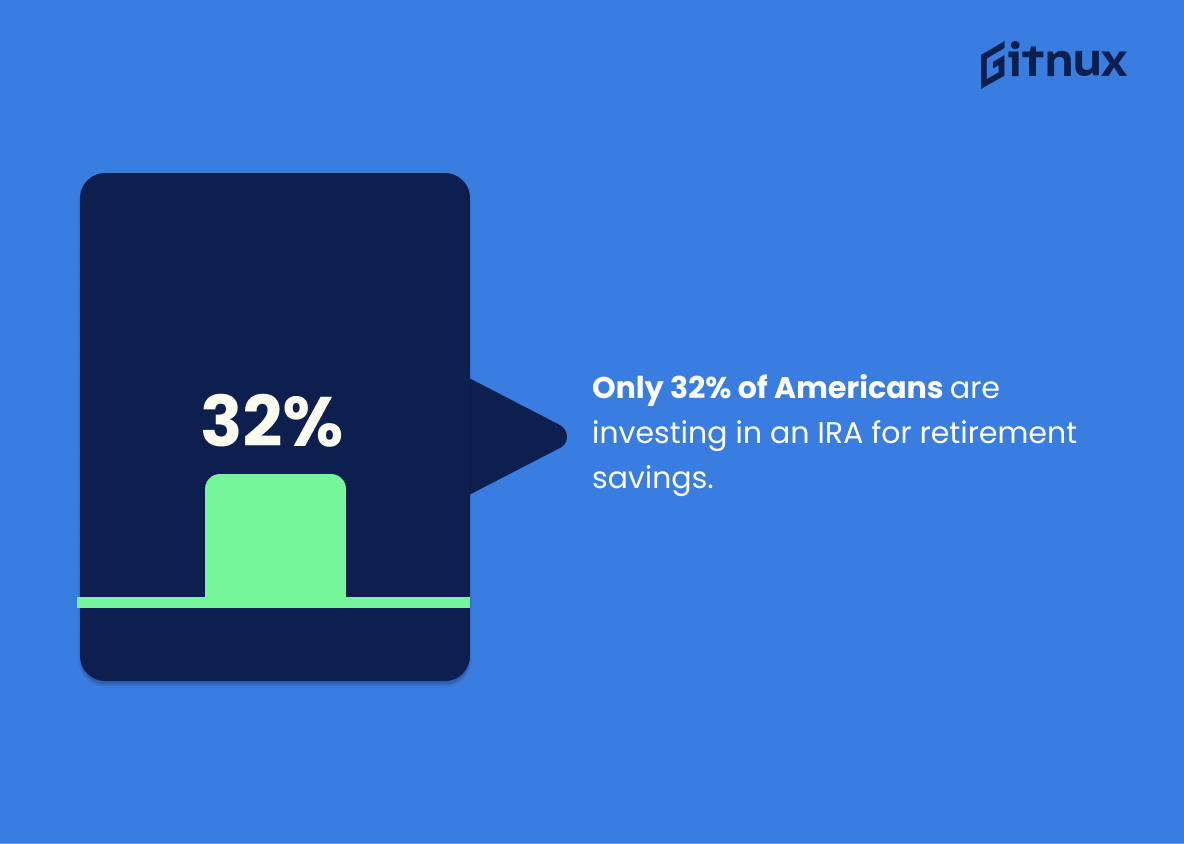Navigating the path to retirement is akin to embarking on a journey without a roadmap. It’s a chapter in life that nearly every working individual anticipates. To better understand this landscape, it’s necessary to analyze retirement statistics. They provide valuable insights into what the majority is doing, how they are living in retirement, what they could have done better, and where they hit the mark. In this blog post, we will delve into the world of retirement statistics, exploring key data and trends that could help shape your own retirement planning. Get ready to arm yourself with knowledge that might just make your golden years shine a little brighter.
The Latest Retirement Statistics Unveiled
Nearly 13% of the U.S population is at retirement age as of 2020.
It’s a riveting corridor into the future, shedding light on how we as a society need to adapt to the shifting age demographic. With nearly 13% of the U.S population being at retirement age as of 2020, it alludes to the consequential debates on subjects like curtailing retirement age, handling pension funds, health care infrastructure and much more. The expanding senior segment of our population also underscores the need for more effective retirement planning resources and strategies. This figure is the signal to businesses and policymakers alike that industries must evolve, infrastructure must adapt, and our economy must consider these booming retirees. This statistic is far from just a number — it’s a reflection of our evolving societal landscape.
An estimated 10,000 people retire every day in the United States.
Diving into the heart of this intriguing figure, the daily retirement of an estimated 10,000 people in the United States unfurls a captivating narrative about today’s evolving retirement landscape. It spotlight trends in retirement planning, underscores the pace at which the baby-boomer generation is exiting the workforce, and magnifies the potential pressure on the Social Security system. Furthermore, it accentuates the profound implications for the labor market and demands careful scrutiny of the economic impacts among both public and private sectors. Truly, the essence of this statistic lies not merely in the number itself, but in its profound ripple effects throughout our society.
More than 33% of retirees didn’t save for retirement in the 3 years prior to retirement.
Illuminating the quandary of inadequate savings, this biting statistic uncovers that a staggering ‘33% or more retirees didn’t save for retirement in the 3 years prior to retirement.’ This reverberating revelation not only underlines the precarious financial position many retirees find themselves in, but it also underscores the pressing need for more aggressive and consistent retirement planning strategies throughout the workforce. Serving as a harbinger of the potential financial hurdles facing retirees, this statistic ultimately makes a compelling case for why a comprehensive understanding of retirement statistics is both sobering and necessary when crafting effective financial planning for later life.
The average retirement age in the United States is 62.
Diving into the world of retirement planning, we stumble upon a crucial measuring stick: the average retirement age in the United States stands at 62. This nugget of information serves as a beacon, illuminating the landscape of retirement habits and trends in today’s American society. As an important benchmark, it shapes the narrative about the realities of life post-employment, influences financial decisions, and impacts public policy discussions around age-based entitlement programs. The average retirement age of 62 depicts the balancing act between career longevity and the allure of leisurely golden years, thereby forming an integral piece of the retirement statistics puzzle.
As of 2019, 15% of Americans have no retirement savings.
Highlighting that as of 2019 a remarkable 15% of Americans have no retirement savings forms a pivotal cornerstone in this exploration of retirement statistics. It’s a stark revelation, underscoring the severity of the retirement crisis in the nation. The sharp reality this statistic brings to light provides a critical roadmap for the further discussions about the necessity of savings for retirement, the obstacles faced along the way, and potential strategies to address this concerning trend. Ultimately, this number challenges readers to contemplate the societal and individual implications of a country where a substantial portion of the population may face financial insecurity in what should be their golden years.
Nearly 70% of employed individuals do not feel confident they will have enough money saved for retirement.
Painting a vivid picture of the imminent and starkly real retirement challenges, the disturbing statistic states that nearly 70% of working people harbor serious doubts about their retirement savings sufficiency. This statistic effectively imbues urgency into the conversation, forcing the readers to confront the imminent possibility of an ill-prepared and insecure retirement. Through this revelation, the blog post intends to jolt the audience into awareness, urging them towards proactive planning and smart investment strategies for their golden years. It acts as a wake-up call, fostering a much-needed dialogue surrounding retirement preparedness, fiscal prudence and the vital importance of investing wisely for the future.
The average retirement savings for families aged 56-61 is $163,577.
Picturing this number, $163,577, as the mean reserve in the piggy banks of families aged between 56-61, provides insightful guidance for our understanding of retirement trends. It forms a snapshot of the financial status quo among those on the cusp of their golden years. It delivers a benchmark for comparison – between different age groups, geographical locations, or differing socio-economic landscapes. Moreover, it challenges us to consider the adequacy of this figure. Are the soon-to-be retirees financially equipped for the lengthy runway of retirement, given increasing life expectancy and potential health costs? This nugget of data invites us to delve deeper into the broader narrative threaded throughout these retirement statistics.
Most American retirees are dependent on Social Security as their primary source of income.
From the vantage point of a retirement analysis, delving into the statistic about most American retirees relying on Social Security as their primary flow of income is like peering into a prismatic view of the modern retirement landscape. It paints a vivid picture of how millions are reliant on this government program for their post-work life sustenance. Given the inherent volatility of market contributions and personal savings, this nugget of information provides a snapshot of a considerable proportion of the American population navigating the twilight years with limited sources of income. This serves as a profound narrative of not just economic dependencies but also of savings habits, financial planning, policy impact, and the socio-economic infrastructure supporting America’s retirees, making it absolutely indispensable in the realm of Retirement Statistics.
26% of retirees in the U.S have mortgage debt.
Highlighting the fact that 26% of U.S. retirees carry mortgage debt paints a vivid picture of the financial landscape some retirees navigate. This data point underscores the reality that retirement isn’t always the debt-free paradise many envision. As such, it’s a critical barometer relevant for readers of a blog post on retirement statistics, allowing them to appreciate the full complexity of retirement finances. It renders the scenario more relatable, driving home the importance of meticulous financial planning before retirement. Essentially, this statistic serves as a wake-up call, reinforcing the necessity of aiming for more than just simple savings prior to retirement.
As of 2018, 37% of non-retired adults did not believe they would have enough money to retire comfortably.
In the vast tapestry of Retirement Statistics, the revelation that, as of 2018, 37% of non-retired adults lacked confidence in their financial capacity to retire comfortably, forms a bold and concerning brushstroke. This figure is more than just a number – it’s a chilling representation of societal apprehension about retirement, painting a stark picture of the future for almost two in every five adults. It serves as an integral touchstone in a discussion about retirement readiness, serving to stoke the fires of dialogue on financial planning, socio-economic policies, and the overall economic climate. Indeed, the essence of this statistic lies in its practical implications, informing us about the gap between individuals’ preparations for their retirement, the challenges they face, and what is societally deemed as ‘comfortable’. This narrative of apprehension can be seen as a clarion call for reform, a beckoning for proactive personal and policy changes, turning a simple data point into a potent tool for change.
As of 2020, the average 401(k) balance is $106,478.
In a world of increasing longevity, painting an accurate picture of post-retirement livelihood has never been more essential. The figure, $106,478, represents the mean 401(k) balance as of 2020. It serves as a mirror, reflecting the financial preparedness of employees eying the tranquility and independence of retirement. Breaking down this compelling number unravels significant insights into the multitude of influences over retirement prosperity and uncertainty. It invites an understanding of how well the working population is weaving their safety net for their twilight years and whether the collective cocoon of savings will bloom into a secure, comfortable retirement. This value is a critical barometer of economic trends affecting the strength of nest eggs, all the while informing policies to protect and bolster the economic comfort of the aging population.
15.9% of workers expect to retire after age 65.
If you’re treading the path of retirement exploration, bask in the illumination of this intriguing data nugget – 15.9% of workers plan to punch their final time cards only post the age of 65. Such a surprising trend showcases the evolving nature of retirement traditions, inviting us to redefine what retirement means going forward. This reflects the financial aspirations, health status, and job satisfaction, giving us insight into the social, economical, and health-related aspects of the modern working class’ lives. Skim through this blog to witness how this particular percentage plays a significant role in shaping the future of retirement, influencing policies, personal planning, and societal expectations.
Less than half (48%) of retirees feel confident about having enough money to take care of medical expenses during retirement.
Diving into the heart of retirement insecurities, this statistic serves as a stark revelation, with only 48% of retirees feeling confident about managing medical expenses in their golden years. It unearths the underlying fears that retirees face, prompting a deeper conversation about the affordability of healthcare after bidding adieu to employment. In a blog post about Retirement Statistics, this serves as a critical entry point to discuss planning strategies and available resources for future retirees, shedding light not just on a number but on a very real conundrum. It serves as a sobering reminder of why financial planning for retirement involves more than just saving for leisure activities but should inherently include provisions for potential health complications.
Only 32% of Americans are investing in an IRA for retirement savings.
Consider this: a mere 32% of Americans are incorporating IRA investments into their golden years planning, a number that unveils eye-opening insights about retirement preparedness in the context of Retirement Statistics. Finding that less than a third of individuals are taking advantage of such a significant savings tool suggests either a knowledge gap about IRA benefits or potential financial barriers hindering participation. On making this statistic part of our conversation, we throw a spotlight on the urgent need for financial literacy efforts, targeted policy interventions, and more inclusive discussions surrounding retirement planning strategy. This figure, then, is not a mere percentage but an alarm bell for considering innovative ways to bolster retirement savings among Americans.
In 2018, 14% of Americans age 60 and older still carried student loan debt.
Peering into the heart of retirement preparation reveals a surprising twist: the lingering specter of student loan debt. Notice the remarkable revelation that in 2018,14% of Americans aged 60 and older were still shackled by this financial burden. This unexpected detour on the road to retirement gives us significant food for thought as we dissect retirement statistics. It calls into question the financial health of individuals in their retirement years and poses a stark reminder of the long-lasting implications of education-related debt. This insight necessitates a deeper conversation on the intersection of our educational pursuits, financial decisions and retirement comfort.
Conclusion
In conclusion, understanding retirement statistics is crucial for planning and preparing for our golden years. These insights put into perspective the financial implications, the potential health issues, and the lifestyle adjustments one might need to negotiate for a fulfilling post-retirement life. While the numbers can seem daunting, they are a necessary tool to guide our planning process. Ultimately, the goal is not merely to retire but to retire well, ensuring we have enough resources to live comfortably and securely in our later years. So start planning early, examine these retirement statistics closely, and shape the contours of a future that is financially stress-free and rewarding.
References
0. – https://www.www.census.gov
1. – https://www.www.investopedia.com
2. – https://www.www.federalreserve.gov
3. – https://www.www.cnbc.com
4. – https://www.www.economicpolicyresearch.org
5. – https://www.www.ebri.org
6. – https://www.www.ssa.gov


